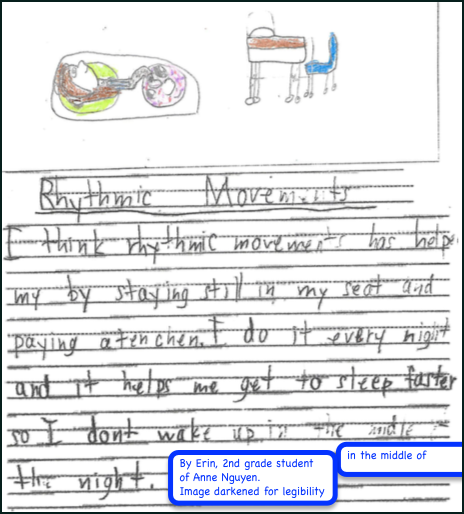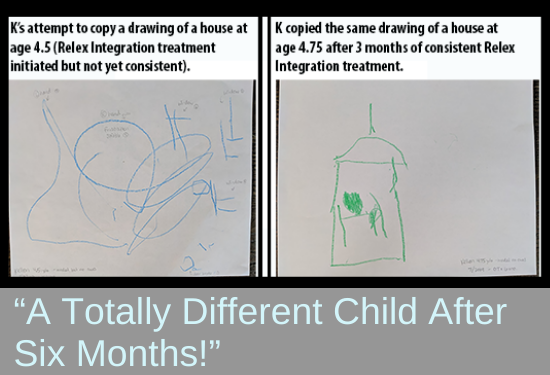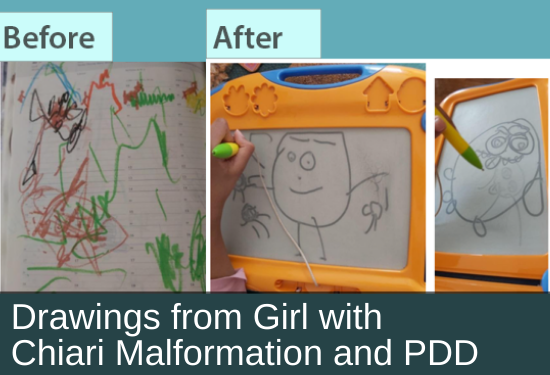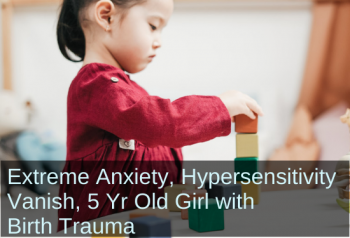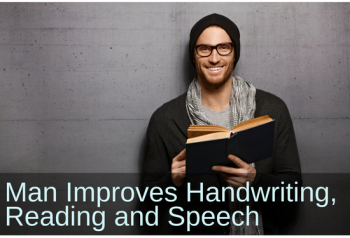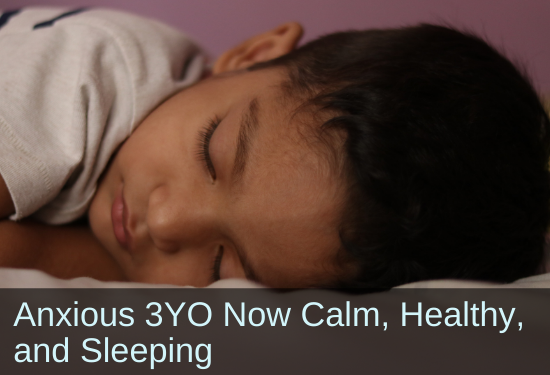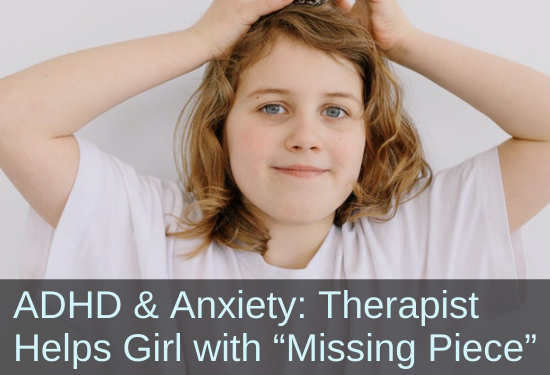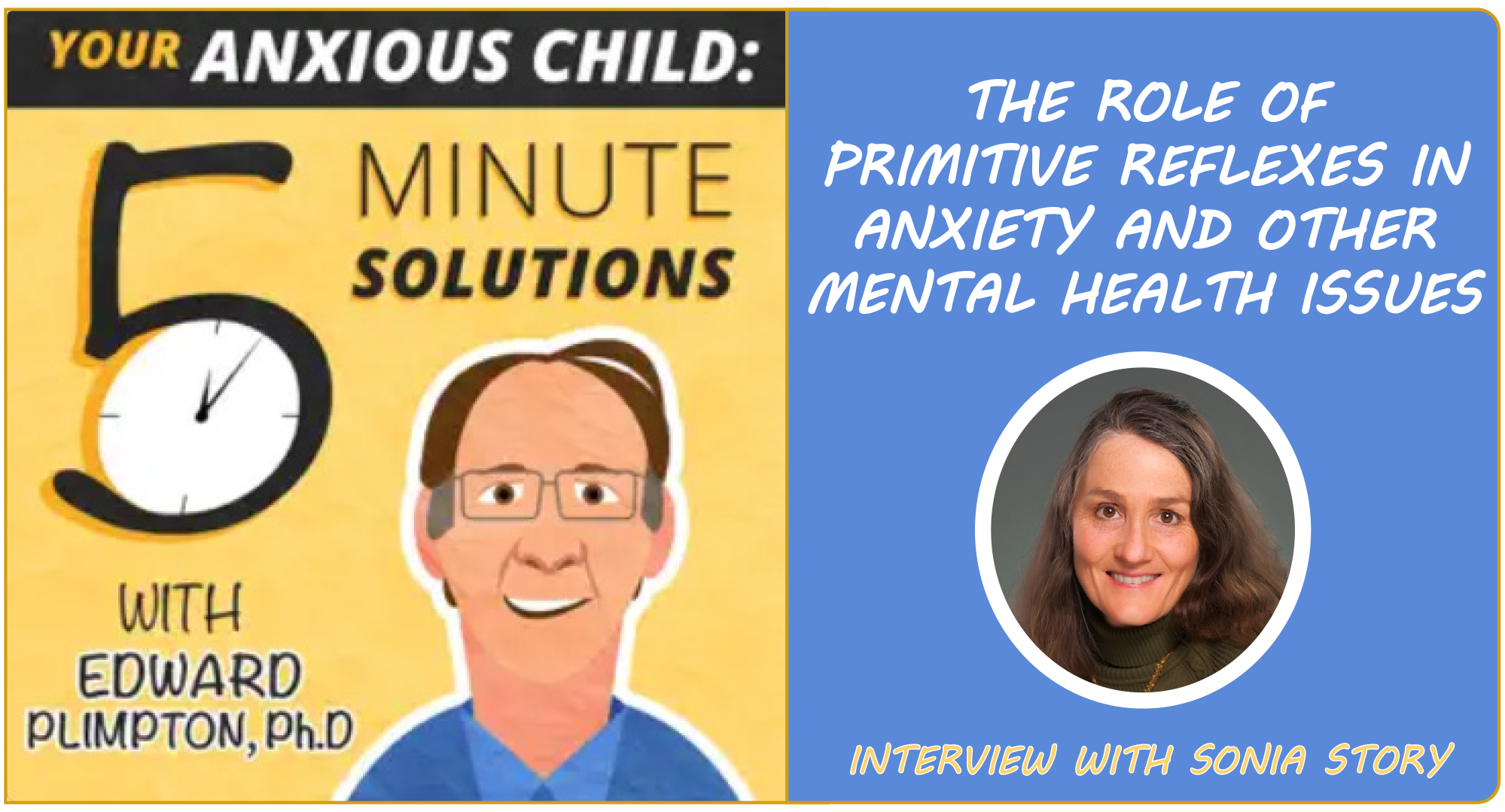For more information about innate movements, subscribe to our free monthly newsletter!
|
Greetings, Summertime is in full swing (at least for those of us in the northern hemisphere), Of course, sleep can pose a challenge regardless of the time of year and regardless |
|
Sleep challenges can also be a sign of unintegrated reflexes. If you look at our chart showing the possible long-term effects of unintegrated reflexes, you'll see
that poor sleep can go hand-in-hand with unintegrated reflexes, especially Moro and Fear Paralysis reflexes. Most likely this is because these unintegrated primitive Below, you'll find several case studies showing how sleep challenges, along with issues around anxiety, sensory processing, and attention/focus have been resolved by parents Along with the inspiring case studies below, check out my recent "Your Anxious Child" podcast interview with Edward Plimpton, PhD. Dr. Plimpton is a psychologist who Wishing you a summer of restful nights and sweet dreams! With gratitude, |
|
|
|
See the improvements this 4YO boy made in self-regulation, controlling anxiety, and fine-motor skills --
all in just six months! Click here to read the full case study. |
|
|
|
|
|
|
This 28YO man is experiencing better concentration, less stuttering, and easier sleep after practicing
rhythmic movements and primitive reflex integration. Click here to read the full case study. |
|
|
Neurodevelopmental movements resulted in relief for both mom and child when this 3YO boy went
from excessively clingy to more independent. Click here to read the full case study. |
|
|
This 10YO girl with anxiety and ADHD gained calm, confidence, and focus, and is no longer struggling
to fall asleep at night. Click here to read the full case study. |
|
Neurodevelopmental movements can make a profound difference for mental health challenges like anxiety, ADHD, depression, trauma, OCD, reactive attachment disorder (RAD), and more. In this podcast, I discuss how unintegrated primitive reflexes can contribute to common mental health issues, and how a movement program like that taught in the Brain and Sensory Foundations courses can help resolve these challenges. Click here to listen to the podcast. |
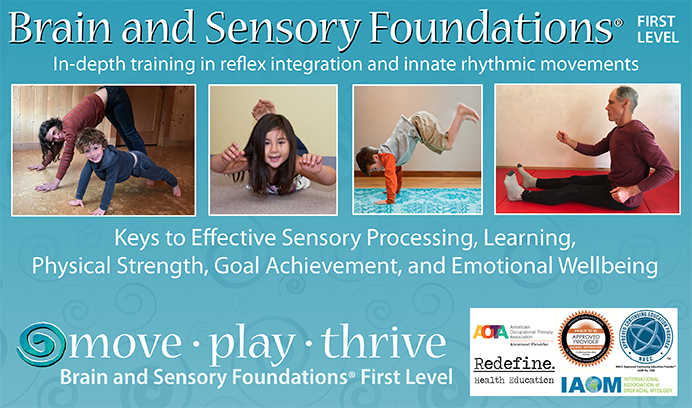
Be empowered with the Brain and Sensory Foundations course.
Train the Brain for Functional Gain!
